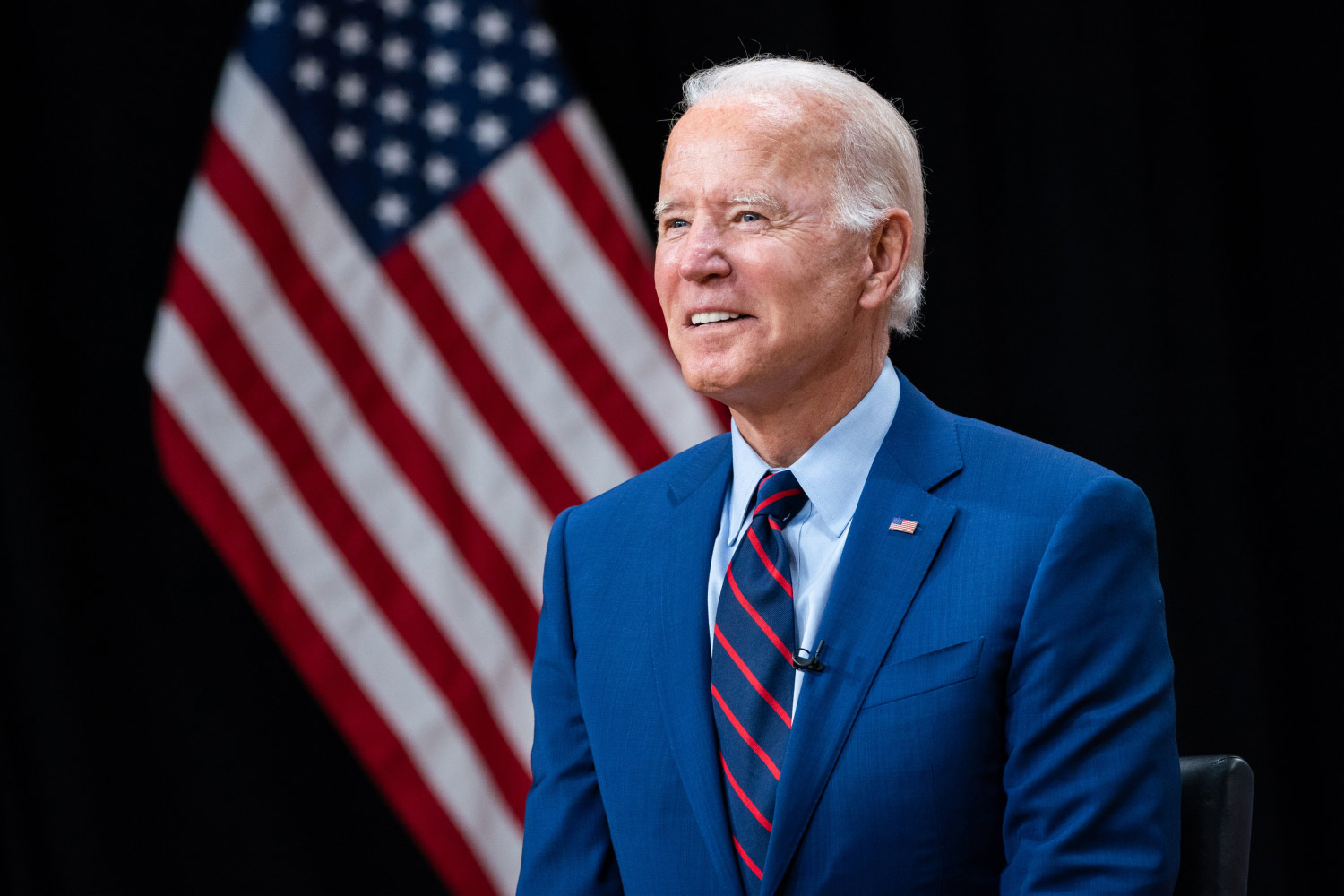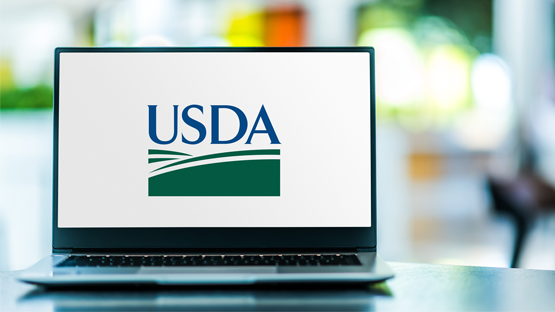
The American Jobs Plan - President Biden’s Infrastructure Proposal
[Photo Credit: whitehouse.gov]
Last week, President Biden unveiled a proposal for legislation, called the The American Jobs Plan, that invests in America and would improve infrastructure across the country. Let’s take a look at the plan, the costs and the challenges of getting it enacted.
The Plan
Infrastructure in the President’s plan includes roads, interstate highways, bridges, dams, locks, waterways, ports, airports, city transit systems, city water systems, city and rural electrical grids, upgrade schools and veteran’s hospitals and several other areas. At the same time, these improvements and upgrades would increase manufacturing and provide jobs across the country. A fact sheet with more details of the plan can be found at this link: The American Jobs Plan.
The plan would invest about $2 trillion over the next 8-10 years. Charlie Cook of the Cook Political Report wrote an article on March 25th in the National Journal newsletter comparing this to President Franklin Roosevelt’s New Deal and President Lyndon Johnson’s Great Society. Roosevelt’s New Deal gave us many of the dams, bridges and parks that we have today. Similarly, the interstate highways we all use are a result of President Eisenhower’s push for an interstate transportation network in the 50’s and has been described as “the greatest public works project in history.”
“Build a world-class transportation infrastructure”
The plan invests $621 billion in transportation infrastructure, including repairing the “worst 10,000 smaller bridges” - many of those you may know and be familiar with in rural Minnesota, North Dakota and Wisconsin. It also invests $80 billion in rail service, $25 billion in airports and $17 billion in inland waterways and coastal ports. Like the roads and bridges, these are also very important to our farmers and ranchers to be able to move products to markets across the country and overseas. And while many of us may question the future of electric vehicles (EV) in rural American and agriculture, the market is moving that direction and the President’s plan includes $174 billion investment to win the EV market. The plan proposes to help automakers retool factories, improve supply chains, retrain labor as needed, build charging stations and provide consumer incentives to make EV more affordable. President Biden believes that the United States can lead the world in the EV market.
Other key areas of infrastructure investment.
- Make our infrastructure more resilient to the effects of climate change and weather so that we do not have situations like the black-outs and power losses recently experienced in Texas from the severe cold snap.
- Rebuild clean drinking water infrastructure in our cities and towns and invest in a renewed electric grid.
- Much like the 1936 Rural Electrification Act, the President proposes investing in high-speed broadband for all Americans, stating “broadband internet is the new electricity.”
- Invest in workforce development.
- Create more jobs by incenting companies to use American-made products
How do we (the U.S.) pay for a $2 trillion bill?
The President proposes increasing the corporate income tax rate from 21% to 28%. That seems like a modest seven points, but it is a 33% increase. The Biden administration claims this will return corporate tax revenue closer to its average of the 21st century before the cuts in 2017 and well below where it was at pre-1980. They also propose changes to tax laws for U.S. multi-national corporations that are taking advantage of tax loopholes that allow them to pay minimal or no taxes. The plan also provides tax credits to companies that bring jobs back to the U.S., eliminates tax breaks for the fossil fuel industry and steps up tax enforcement against corporations. The administration believes this will raise the $2 trillion needed to pay for the bill in 15 years. The idea of eliminating the step-up in basis on inherited property is not a part of this plan, however, a draft bill that would do this has been introduced in the Senate and could possibly be added to this plan or included in a second round of infrastructure legislation. We’ll have to watch this closely as the impact to agriculture and small businesses could be big.
Many in Washington are scratching their heads at the math because the general budgeting and accounting processes for bills are to pay for them over the same period as the expense, generally a 10-year budget cycle. Spending $2 trillion in 8-10 years and paying for it over 15 years isn’t adding up for the budget experts. There’s also some question if there is enough labor force and capital available to do everything they would like to do. The U.S. had a fully employed workforce and economy pre-pandemic with unemployment rates around 3.5%. When the economy fully reopens and unemployment edges back down, the increase in government spending on infrastructure projects will compete for labor. This could be good for the workforce and the economy but can also swing too far and cause wage inflation, higher expenses for businesses and greater inflation overall. The same holds true for the availability of capital and financing for the projects and the ancillary economic growth. Will demand for loans and financing push up interest rates? Not to be a nay-sayer or a downer, this is just something to consider and be watchful of.
Can the Biden Administration get the bill through Congress?
Right now, this is a proposal by the administration and is a long way from getting passed and becoming law. President Biden has tasked five of his cabinet members with selling the concept in Washington and across the country. Everyone likes the idea of infrastructure improvement but some think there are items in the plan that go beyond infrastructure and some think it doesn’t do enough. In addition, getting Republicans to agree with tax increases to corporations to pay for the plan is almost impossible.
The administration basically has three options to make this happen:
- Sell everyone on the idea and get enough agreement for it to get through Congress. Not very likely.
- Bipartisan effort and compromise on the size, scope and cost to get agreement from Republicans. This would be ideal and is possible but they may lose support from progressive Democrats as they win support from centrist Republicans.
- Use the budget reconciliation process like they did with the last Covid relief package to ram it through Congress on a partisan, party-line vote. They will need the support of all the Democrats and again, some Democrats think that this plan doesn’t do enough. Also, when using budget reconciliation, they lose the bipartisan support and effort that the President talked about during the election campaign and emphasized in his inauguration address.
There is pretty good consensus and support from across the country, and especially rural America, that we need to do more to our roads, bridges, electrical grid, broadband and other infrastructure. The big questions yet to be settled is how much do we do and how do we pay for it? Everyone should continue to watch this plan develop and unfold as it could be historic. We will continue to monitor it as well.



